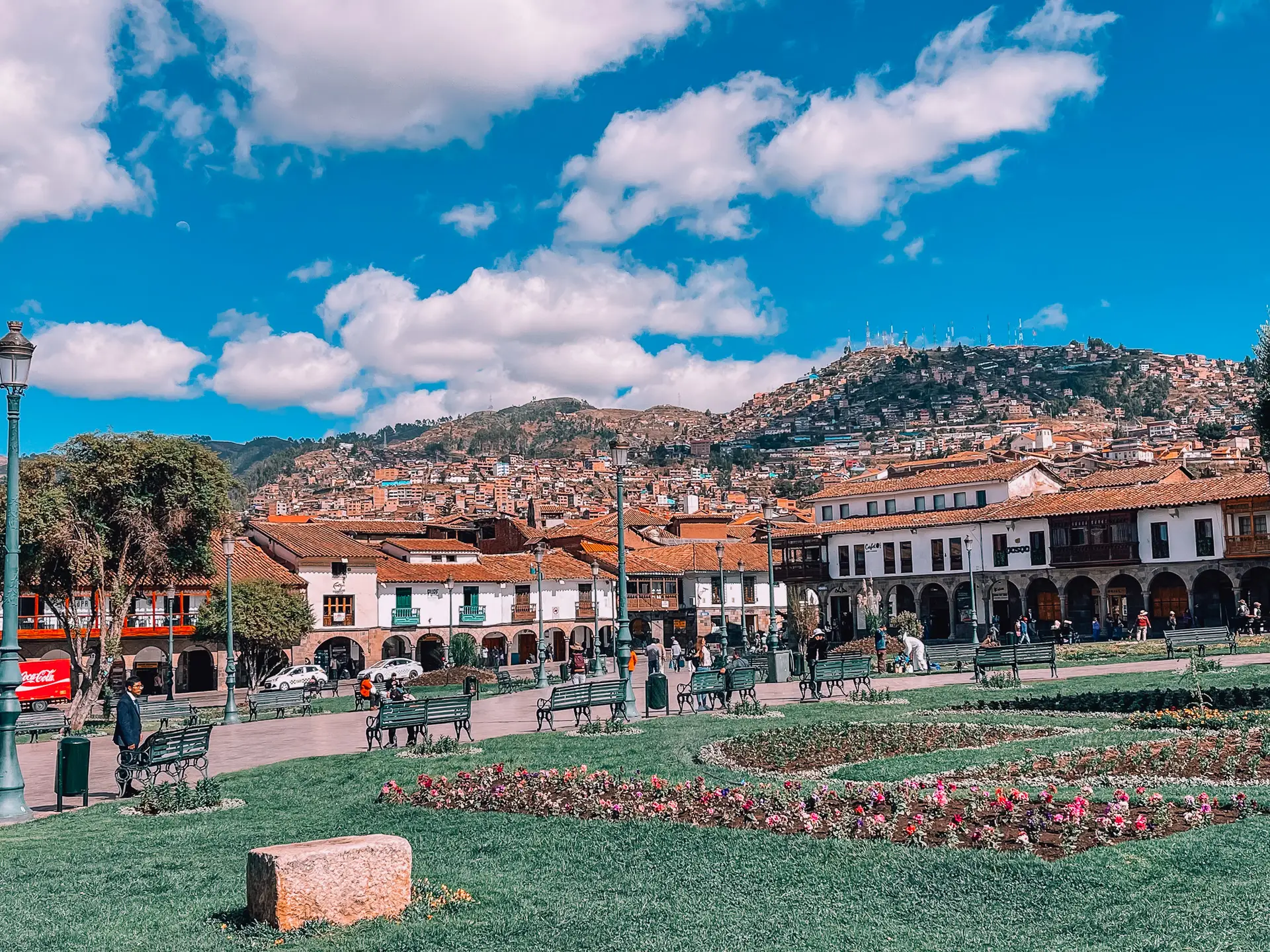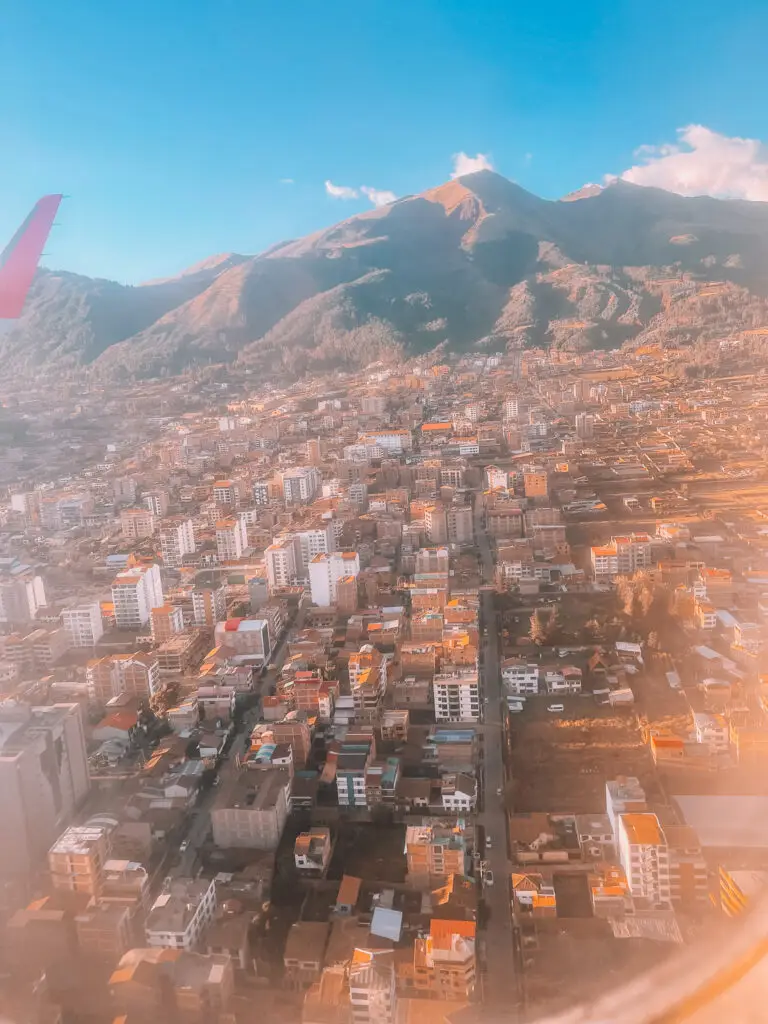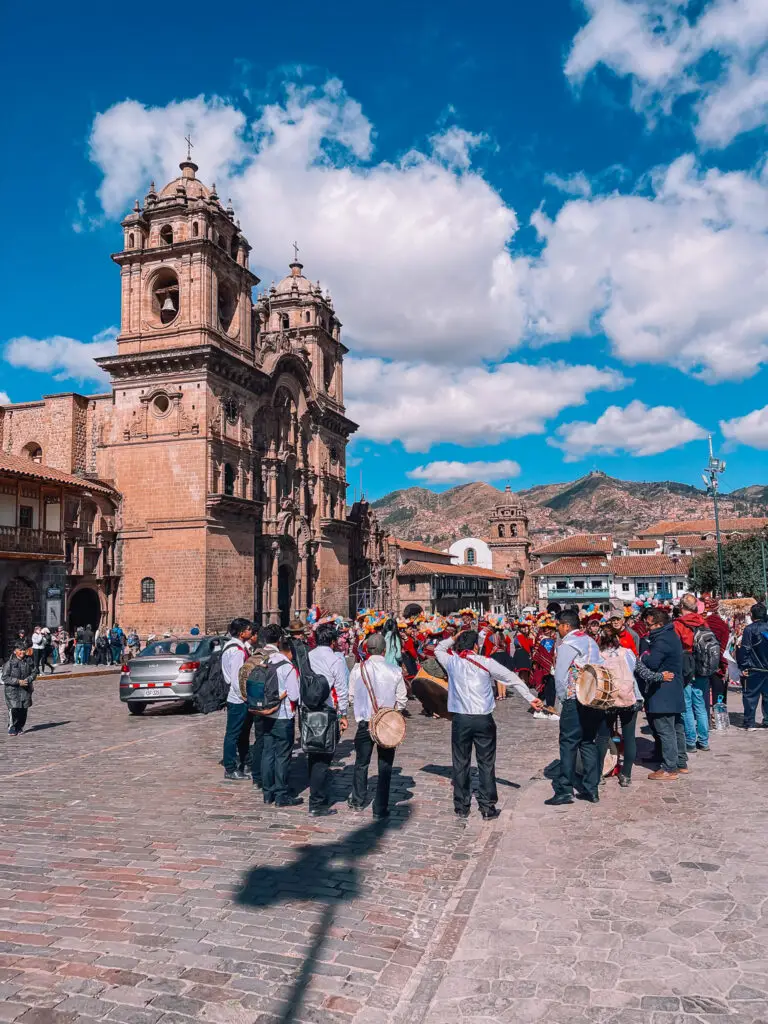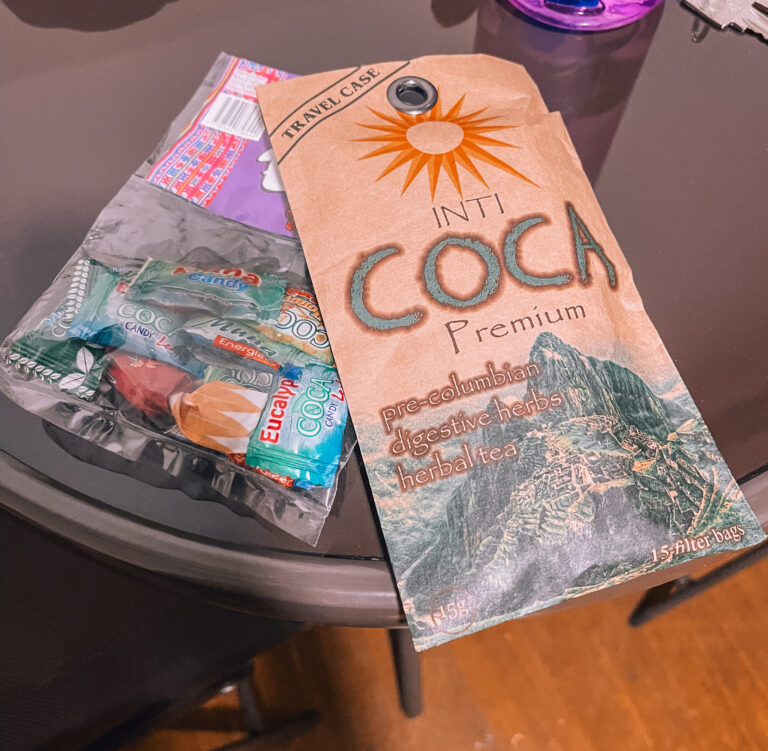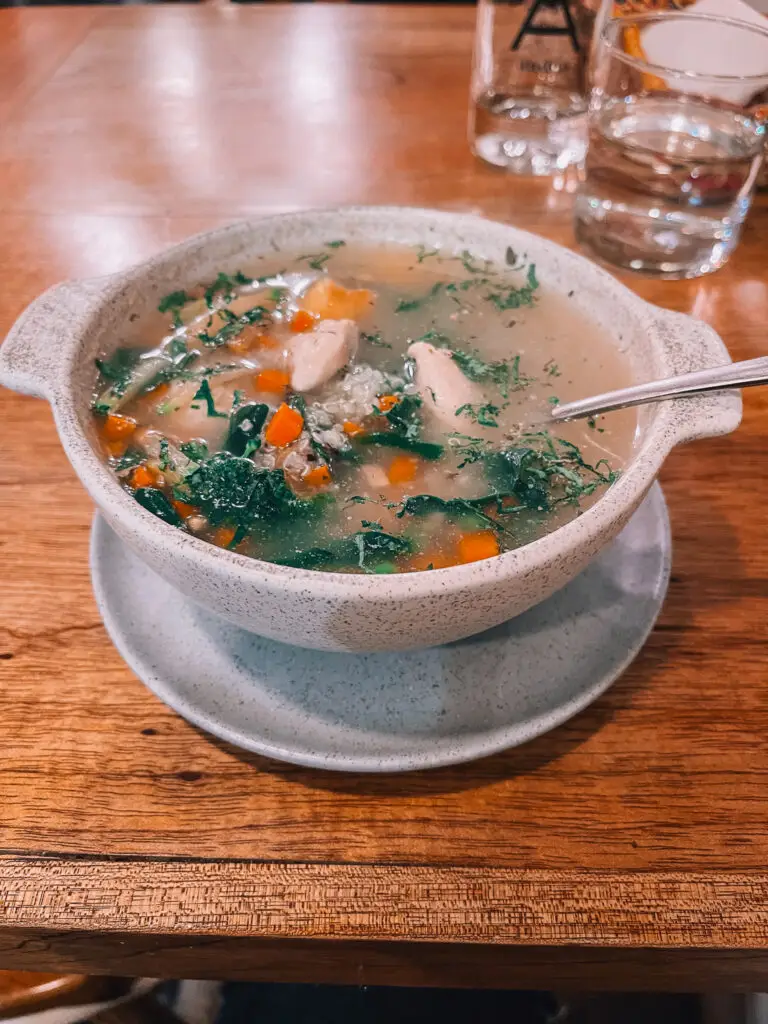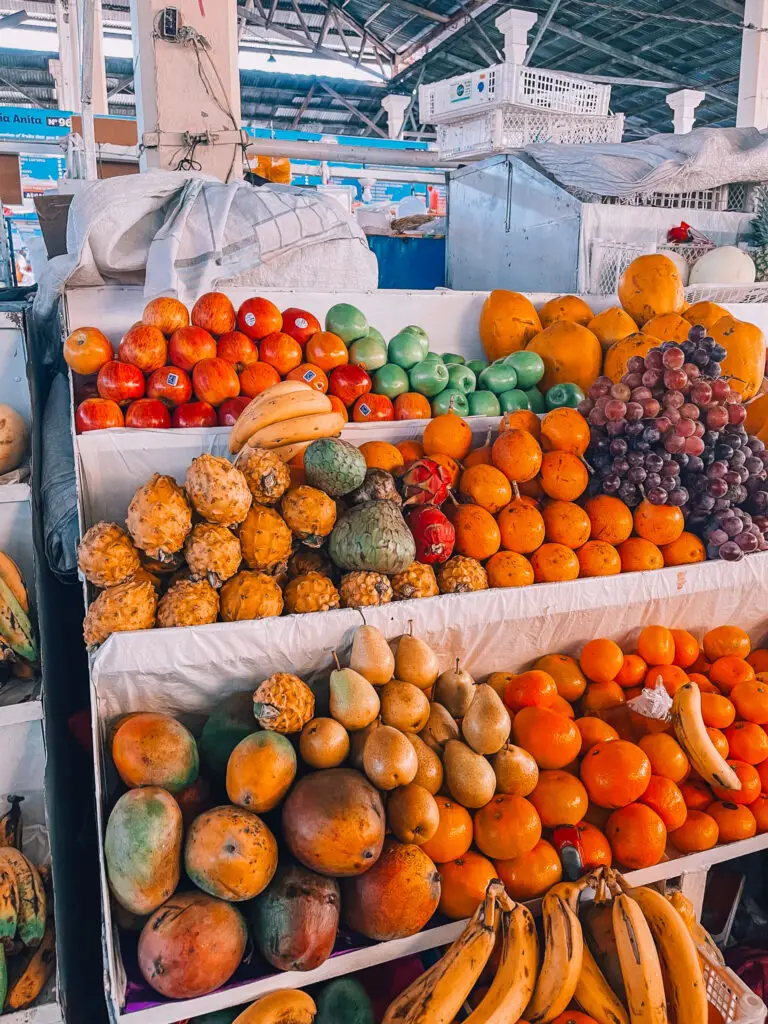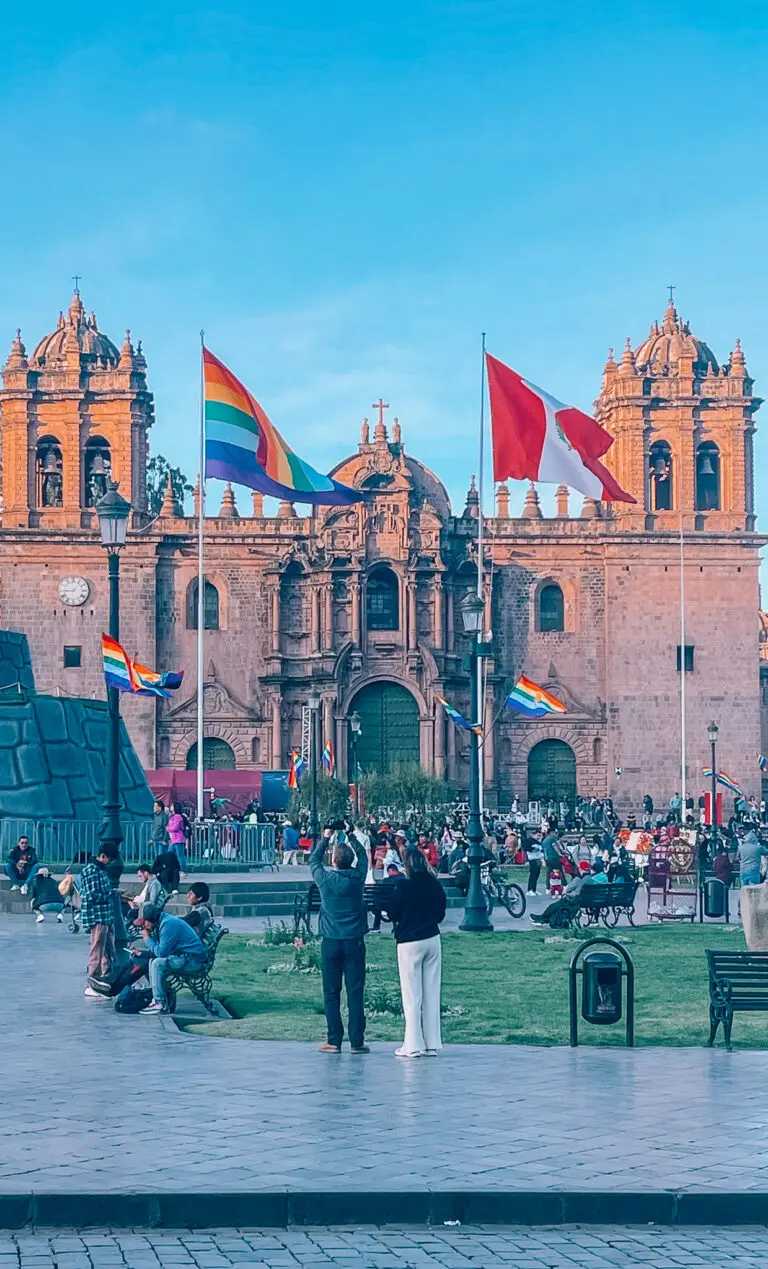So you’ve bought your flight to Cusco and booked your trip to Machu Picchu, what now???
Cusco, the former capital of the Incan empire, is located 3,399 metres above sea level, which is quite a high altitude for most people, especially for those who have hardly climbed mountains that high up. (For reference, places like Mount Batur in Bali are only 1717 metres high, Singapore and Canggu being close to sea level.)
You will land in Alejandro Velasco Astete International Airport, which is a small airport around 30 minutes away from Cusco city centre. Even when you step out of the small international airport, you will likely start to feel some of the effects of landing in a high altitude city. Cusco city itself is the 7th most populous city in Peru and one of the highest cities in the world. The city centre is very walkable, although some parts are quite uphill and may be a struggle when you haven’t acclimatised yet. There are also some streets that are not accessible to cars, like where my airbnb was located. You will have to stop at the nearest street corner and drag your suitcase through cobblestone streets, sometimes uphill. I also stayed at another guesthouse that was located on a small hillside street where cars could not enter and trying to get in and out of that place with my huge suitcase was a struggle!
You can also easily flag down taxis from the street, but make sure to flag the official taxis (they are white with the sign for TAXI on the top) and negotiate the prices before you get in. A simple trip around Cusco City should not cost more than 3-5 soles. You can also get your hotel to arrange one for you. Be aware of common tourist scams like getting a non-official taxi, getting ripped off by the taxi drivers and also watch out for people who may approach and help you – like the random guy at the airport who helps to carry your luggage and then asks for a tip! He doesn’t work for your driver or the airport!! You will also likely not have enough small change and end up OVER TIPPING him.
Most tours recommend that travellers acclimatise to the high altitude in Cusco for the first few days or head down to the Sacred Valley (2,800 metres above sea level) as it is a bit lower in elevation, before attempting to go to Machu Picchu (2,430 metres above sea level) or to do any form of hiking at high altitude. There are other locations like Pisac ruins (3,300 metres above sea level), Rainbow Mountain (5,036 metres) and Lake Humantay (4,200 metres) that are even higher up than Cusco or Machu Picchu.
Altitude sickness looks different for everyone, but some common symptoms would be headaches, nausea, breathlessness, fatigue, lack of appetite, vomiting and so on. When I had it, it felt like a very bad hangover and it took me around 2 days of rest and sleep to get over it. Even then, I still struggled with walking or hiking uphill after more than a week there. My recommendation is just to take things slow and accept that you may not be able to hike as fast as your regular pace and make allowances for time.
Most hikes in the Cusco area often require a guide, and they will usually carry some sort of portable oxygen tank if you do feel breathless. Most hotels in Cusco also have emergency oxygen tanks and hot coca tea available for their guests.
Here are some tips on how to acclimatise:
1. Altitude sickness pills
Before you go on your Cusco trip, you may want to get some altitude sickness pills like Diamox and take them a few days before you go on your flight to prevent altitude sickness. Of course, you can get these pills in Cusco pharmacies too without a prescription.
2. Coca tea and candies
Most hotels provide free coca tea, which is a herbal tea made from coca leaves. Yes, coca leaves come from the same cocaine plant, but they are legal and native to Peru and used for altitude sickness. The tea tastes similar to green tea but with a slightly more herbal taste. However, I would advise trying to bring these back to your country, as they may be confiscated at customs.
You can also buy coca candies from the small convenience stores around Cusco. These can be handy to bring along your bag and to pop them in your mouth whenever you start to feel nauseous.
3. Take it easy for the first few days
Personally, it took me around 2 days to start to feel much better. I was feeling nauseous, could not eat much and had a headache and even spent one day miserable in bed, but on the third day, I started to feel okay again.
Cusco city itself is a great place to rest for a few days. You have everything nearby around Plaza de Armas, with good food, lots of cheap and fresh produce and it is very walkable.
4. Drink more water to hydrate
The tap water in Peru is not drinkable, but you can easily get large bottles of filtered water at the convenient stores in Cusco. It is advisable to drink more than you normally do for the first few days and avoid alcohol and caffeine then.
5. Eat light
If you’re feeling nauseous, it’s unlikely that you will want to eat much anyway. I recommend trying a well-known dish like Sopa de Quinoa or quinoa soup, which is super nutritious, comforting and chock full of vegetables with a chicken soup base. You can also find many delicious and healthy salad dishes and local fresh fruits in many of the cafes in Cusco city centre.
After getting through the first few days, you will likely start to feel better, but you may still find yourself short of breath when hiking uphill or climbing stairs. Go slow and at your own pace and also notify your guide or hotel staff if it starts to feel very bad for you.
Meanwhile, welcome to Cusco! It is a bustling city with many shops, cafes, restaurants and things to see and do everyday and serves as a great introduction to Peru and your Machu Picchu trip.
Where to stay in Cusco
While Cusco is a fairly large city, most travellers tend to stay close to the main square, Plaza de Armas. I stayed at two places near Plaza de Armas – this airbnb and Katari at Plaza de Armas Cusco.
Both were very convenient and well-located near many shops and restaurants, however Plaza de Armas can really be quite noisy, even at night with fireworks going off and daily parades and street parties. I would recommend to stay a little bit further away from the square if you can or bring ear plugs!
Also, the hotels in Cusco may have some issues at times with having hot water and heating in the rooms. The airbnb I stayed at had no central heating or portable heater, just very thick blankets, which were great for sleeping, but the temperature dropped to 0 C at night and it was freezing!
Even in most of the hotels, we had a portable heater, but sometimes it was not that helpful. So my advice is to be aware of this, check what the situation is in your hotel and bring lots of layers for the drop in temperature at night.
I also stayed for a few nights at Hotel Kuska Home nearer the San Blas neighbourhood. While it was quiet, it was located in an inaccessible street for cars, which meant that you had to walk and lug your own suitcase uphill at some point. It will also a bit difficult to get a taxi back down, but it might be a nice spot to stay if you want to be in the San Blas area.
Currency
The currency in Peru is the Peruvian Sol. I found that the cost of living in Cusco, Peru to be very affordable, with most meals costing around US$5-8 at a casual cafe and airbnb cost around US$27-29 per night for short term stays. Of course, you can find much cheaper places to stay, especially if you stay for a longer period.
Food
Food was absolutely amazing in Cusco! There was a huge variety of restaurants, with many serving local Peruvian food to a high standard and also many healthy vegan restaurants. The Incas were great agriculturists and cultivated a variety of crops like grains, potatoes, corn, along many new strains. You will find a huge assortment of fresh produce of fruits and vegetables, many of which are also organically grown. Food is flavourful, fresh and tasty, although some of it can be a bit salty.
Safety
Cusco city itself was generally safe to walk around during the day and night within the main tourist areas. Of course, you still want to take precautions – I would not walk around wearing flashy jewellery or designer clothes, and you will still want to keep an eye on your belongings. You will probably need to watch out for the usual tourist scams like being ripped off by the taxis or the cambio/money exchange guys.
There have been reports of robberies and kidnapping of tourists, but I personally did not experience any of this.
One thing I would be more concerned about are the protests on the street in Cusco. There were a number of policemen standing around the Plaza de Armas square, especially during festivals and parades. There have also been clashes between protestors against the government in Cusco and Machu Picchu previously (even in 2024), so it’s always a good idea to monitor these types of situations before you go on your trip.
Transport
The roads in Peru are not that great, so I would recommend you to join tours or find a private driver to bring you around, especially if you are going for day tours outside of Cusco.
Besides taxis, there are also local colectivos or minivans that you can take.
Additionally, there is a bus called Peru Hop that takes you around some of the day trips from Cusco. They also head to many popular destinations around the whole of Peru and can be a great option for those who want to do more DIY free and easy travel.
For my friend and I, we went on a 5 Day Machu Picchu tour with an agency called Exploor Peru and it cost around US$1200 for the whole trip including accommodation, transport, guide and breakfasts and lunches. It ended up being a private tour with just me and my friend, but we did think it was pretty rushed, as we only spent 1 night in Aguas Calientes and had to catch the train back immediately from Machu Picchu after we toured it for 4 hours. They did however organise everything quite well and got us up and early for most day trips, so we skipped most of the crowds. This means very early start times though and some of the hiking spots like Rainbow Mountain and Lake Humantay can be challenging.
Language
Spanish is spoken in Peru, but as Cusco is a tourist spot, many staff in restaurants and hotels can speak English quite well. However, if you are planning to stay longer in Peru, it is always a good idea to have at least basic conversational Spanish to communicate with the locals. Especially in more local towns, it will help you to communicate more effectively.
I must say that despite visiting Cusco for the first time, I really enjoyed travelling in Peru. The culture, food and nature were very enticing to me and I would consider going back to see more of the country sometime!
